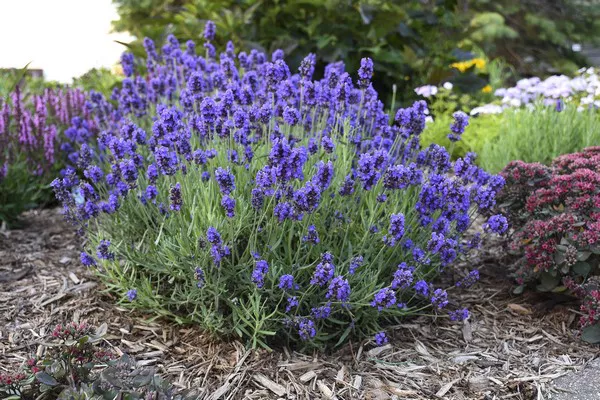A significant shift in the reproductive strategy of certain flowering plants, moving towards increased self-pollination, could have profound consequences for global ecosystems and food systems. Many flowering plants traditionally relied on pollinators like bees and butterflies to facilitate reproduction. However, a new study on the evolution of the mating system in one flower species reveals a notable change that could intensify challenges faced by insect pollinators. The shift towards self-pollination is suggested to be linked to environmental changes, including habitat destruction and declines in pollinator biodiversity.
The study, led by Samson Acoca-Pidolle and published in the journal New Phytologist, compared seeds of wild field pansies collected decades ago with their modern descendants. The findings indicate that contemporary flowers exhibit reduced size and nectar production due to increased self-pollination. This change influences pollinator behavior, with past pansies attracting more pollinators through cross-fertilization. The observed alterations in traits related to plant-pollinator interactions could limit the plants’ ability to adapt to future environmental changes, posing implications for floral biodiversity, genetic diversity, and overall ecosystem variation.
The evolution towards self-pollination could result in a detrimental feedback cycle, potentially accelerating the decline of pollinator populations. As plants produce less nectar, the available food for pollinators diminishes, contributing to a decline in their numbers. Pierre-Olivier Cheptou, a coauthor of the study and an evolutionary ecologist, emphasizes that this represents an “evolutionary breakdown of plant pollinators in the wild,” signaling broader concerns for floral biodiversity and ecosystem health.
To conduct the research, a method known as “resurrection ecology” was employed, involving the germination of seeds collected decades ago and comparing them with contemporary plants. The study focused on Viola arvensis, commonly known as wild field pansies, revealing a notable increase in self-fertilization rates and changes in floral traits associated with pollinator attraction.
The findings suggest that environmental changes and shifts in reproductive strategies among certain plants pose risks to biodiversity, highlighting the interconnected nature of ecosystems and the importance of preserving pollinator populations for global ecological balance.


